Scottish researchers create 'crystal maze' for light
- Published
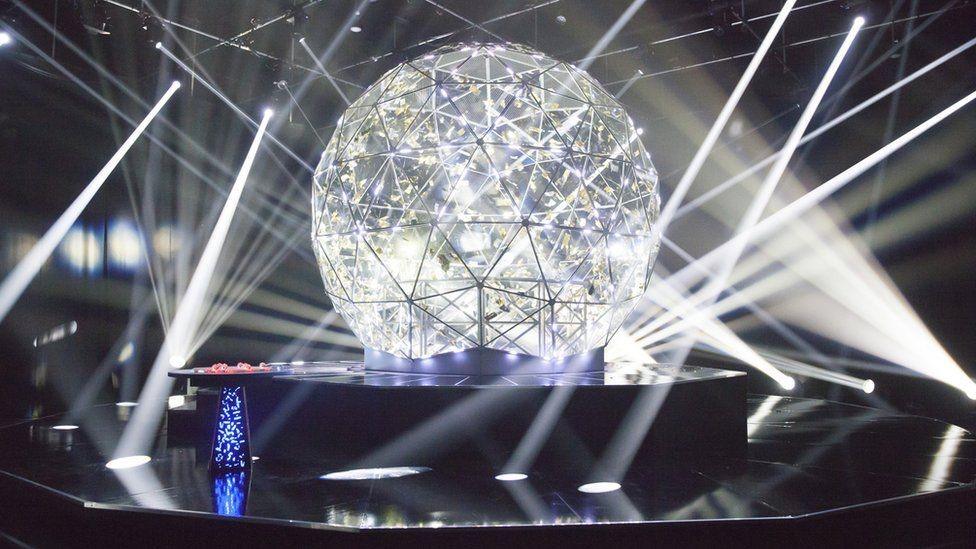
The TV programme Crystal Maze is rather different to the research experiment
Researchers at Heriot-Watt University in Edinburgh have created a "crystal maze" to control how light spreads.
However, unlike the Channel 4 TV game show, this one is telling scientists more about how light can be manipulated.
It could also lead to new and better devices in fields like healthcare and telecommunications.
This is part of the fledgling field of topological photonics, which has developed as a result of the drive to understand more about how matter behaves.
In 2016 Bearsden-born David J Thouless shared the Nobel physics prize with Duncan Haldane and Michael Kosterlitz for their work on topological phases of matter.
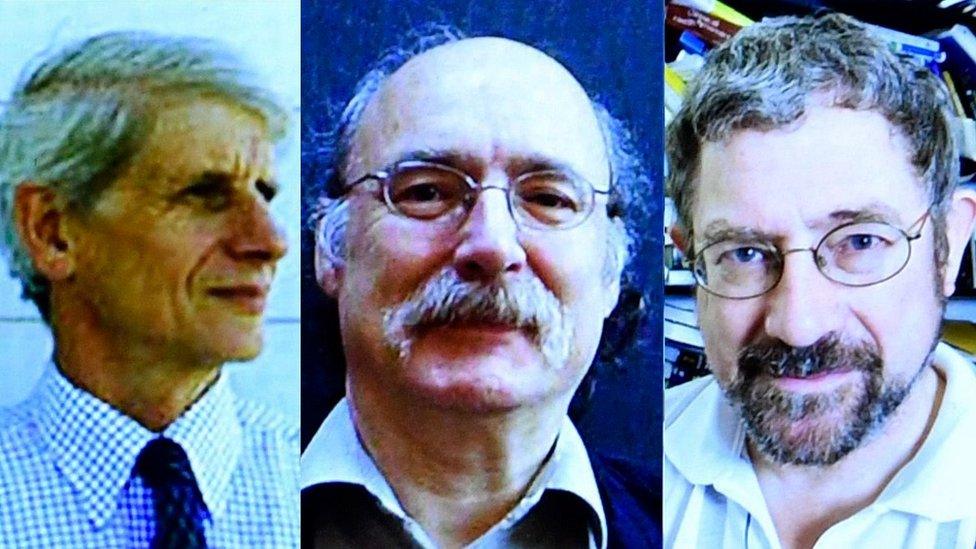
(L-R) David Thouless, Duncan Haldane and Michael Kosterlitz
This field had emerged from mathematical theory.
Topology looks at entities whose properties are maintained even when they undergo continuous deformation.
They can be stretched, bent or twisted while still maintaining their fundamental properties.
Cutting, tearing and sticking back together are not allowed under these rules.
If that's still a bit of a stretch to understand, why not have a mug of coffee?
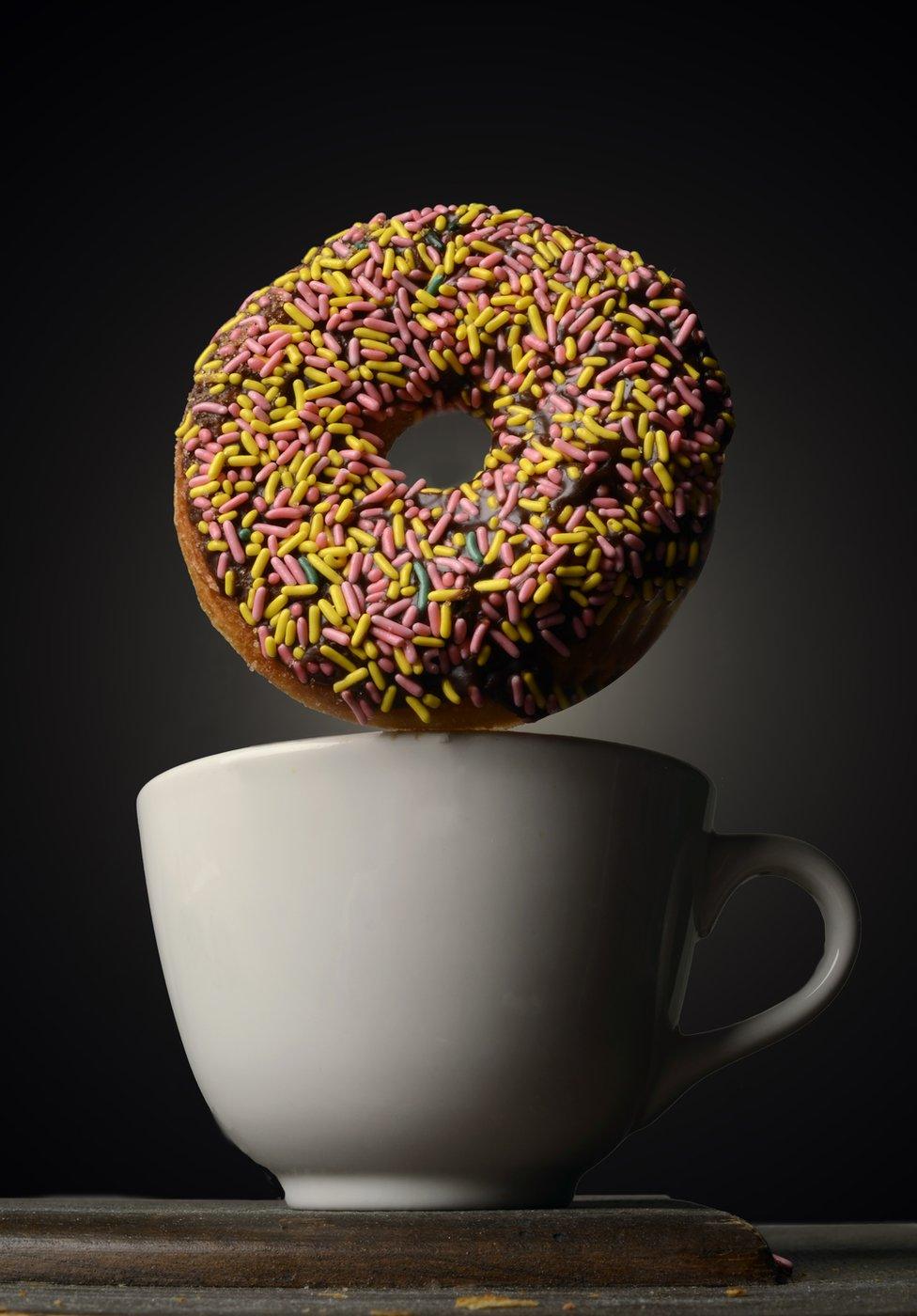

Because a classic example is to imagine a coffee mug. Imagine a bit more, that the mug is made of bendy, stretchy stuff like modelling clay.
If you deform the mug enough you can make it into the shape of a doughnut.
But in topological terms its properties have been preserved: it's still a single lump of stuff with a single hole in it.
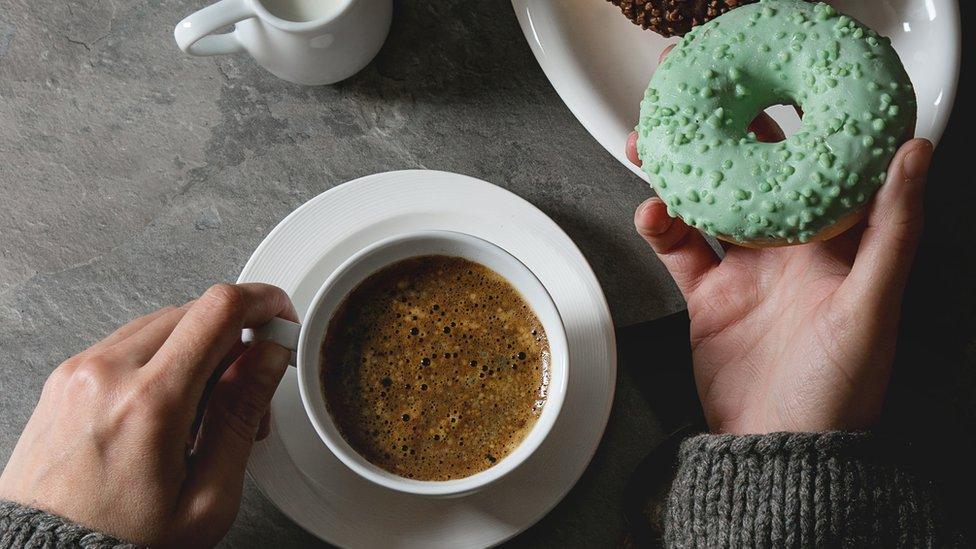
This has led to the gag frequently told against topology researchers: come break time they can't tell the difference between what they're eating and drinking.
So far, so tasty. But where does light come in?
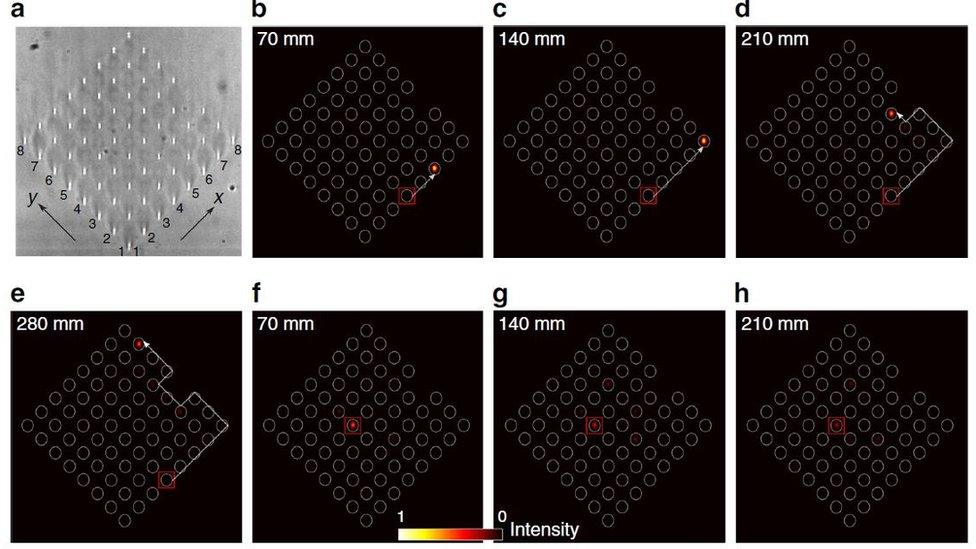
Topological photonics has taken these concepts into the world of light - photons being the individual packets of energy from which light is made.
Its new techniques have led to new ways in which light behaves and can be manipulated: bent, twisted but not cut or glued.
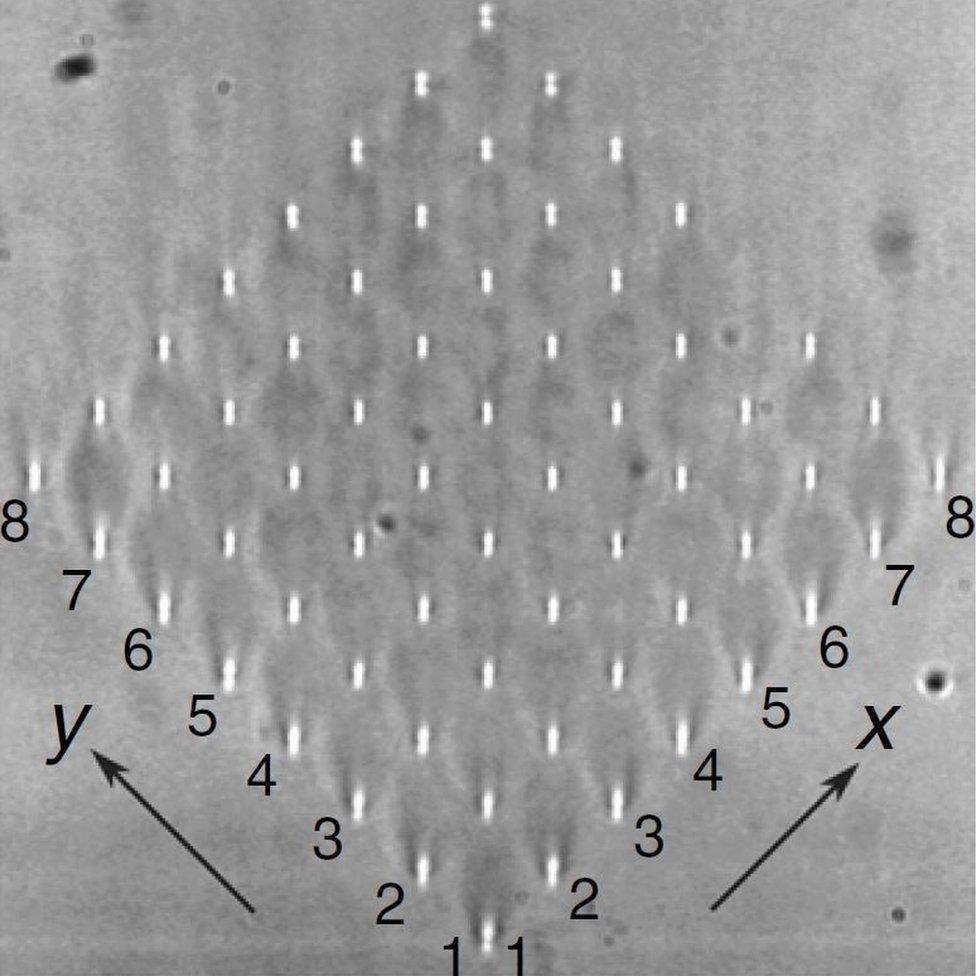
At Heriot-Watt, Prof Robert Thomson and Dr Sebabrata Mukherjee have created a new kind of crystal to control the spread of light.
Writing in the journal Nature Communications, they say they did it using an ultrafast laser which "wrote" the crystal into glass.
Ultrafast in this context is a laser that can emit light pulses just one-trillionth of a second long.
Then they put the crystal into an optical cavity to trap the light. This meant it was continually recycled so they could capture how the light's topological state evolved.
It was the photonic equivalent of our doughnut and coffee mug.
A deeper understanding
Prof Thomson and Dr Mukherjee designed a new ultrafast imaging technique to capture and film the evolution of light inside the crystal.
In effect they were able to watch light as it formed.
Dr Mukherjee hopes the new technique will help a wide range of scientists in fields like optics, photonics and condensed matter physics, opening the door to "a deeper understanding of fundamental physics".
Prof Thomson says it will help researchers understand exactly how these new topological photonic systems work - and what their limitations and advantages are.
He says: "Once we understand these, a range of new potential applications could be enabled, including new more powerful lasers and new types of endoscope."
The team say it could transform current light technologies like fibre optics and the telecommunications industry.
It is 45 years since Arthur C Clarke produced his Third Law: "any sufficiently advanced technology is indistinguishable from magic."
Technology could be about to advance yet again.